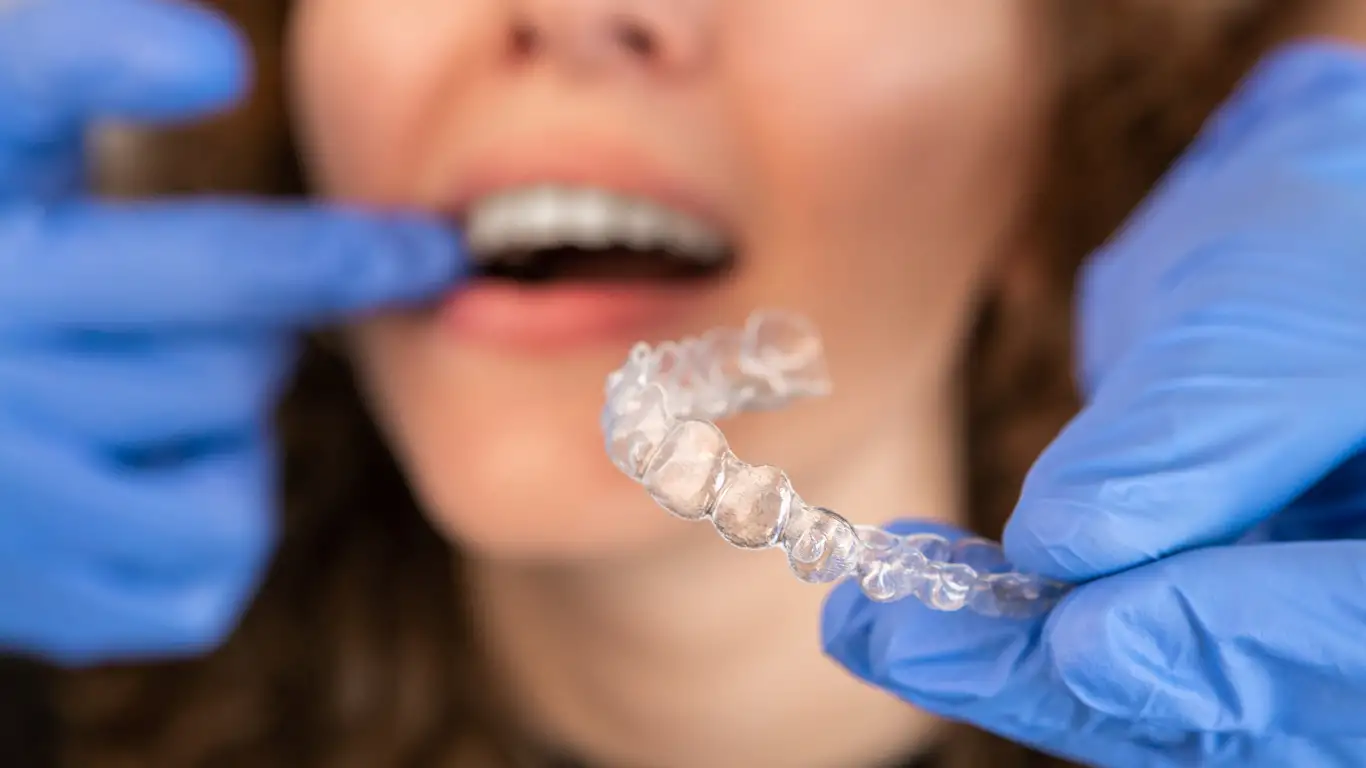The Comprehensive Guide to Braces and Dental Splints: Options for All Ages
Braces and dental splints are essential tools in orthodontics and dentistry, used to correct misaligned teeth, jaw problems, and various dental issues. This comprehensive guide will explore the need for dental braces across different age groups and discuss the various options available. Whether you're a parent considering braces for your child or an adult looking to improve your smile, this article will provide valuable insights into the world of orthodontic treatment.

Why do people need dental braces?
Dental braces are primarily used to correct misaligned teeth and jaws, improving both oral health and appearance. Common reasons for needing braces include:
-
Overcrowding: When there isn’t enough space in the jaw for all teeth to fit properly.
-
Overbite or underbite: When the upper or lower jaw protrudes too far.
-
Open bite: When the upper and lower teeth don’t meet when the mouth is closed.
-
Crossbite: When the upper teeth sit inside the lower teeth when biting down.
-
Gaps between teeth: Large spaces between teeth that need closing.
These issues can lead to difficulties in speaking, eating, and maintaining proper oral hygiene. Addressing these problems early can prevent more severe dental issues in the future.
What are the braces options for children ages 6-11?
Early orthodontic intervention, known as Phase 1 treatment, is often recommended for children between 6 and 11 years old. Options for this age group include:
-
Traditional metal braces: Still the most common and effective option for children.
-
Ceramic braces: Similar to metal braces but with clear or tooth-colored brackets for a less noticeable appearance.
-
Palatal expanders: Devices that widen the upper jaw to create more space for crowded teeth.
-
Space maintainers: Used to keep space open for permanent teeth after premature loss of baby teeth.
The goal of early intervention is to guide jaw growth and create space for incoming permanent teeth, potentially reducing the need for more extensive treatment later.
What braces are suitable for teenagers and young adults ages 12-25?
Teenagers and young adults have more options when it comes to orthodontic treatment:
-
Traditional metal braces: Still popular and effective for complex cases.
-
Ceramic braces: A more aesthetically pleasing option for those concerned about appearance.
-
Lingual braces: Placed behind the teeth, making them virtually invisible.
-
Clear aligners (e.g., Invisalign): Removable, transparent trays that gradually straighten teeth.
-
Self-ligating braces: Use a sliding mechanism instead of elastic bands, potentially reducing adjustment appointments.
The choice depends on the severity of the dental issues, lifestyle preferences, and budget considerations.
How do braces options differ for adults and midlife ages 26-45?
Adults seeking orthodontic treatment have unique considerations:
-
Clear aligners: Often preferred by adults for their discreet appearance and convenience.
-
Ceramic braces: A popular choice for those who need traditional braces but want a less noticeable option.
-
Lingual braces: Ideal for professionals who want to maintain a brace-free smile.
-
Accelerated orthodontics: Techniques like Propel or AcceleDent can speed up treatment for busy adults.
-
Combination treatments: Some adults may benefit from a combination of braces and orthognathic surgery for severe jaw misalignments.
Adults may face longer treatment times due to denser bone structure and may need to address existing dental work like crowns or bridges.
What are dental splints and when are they used?
Dental splints, while different from braces, are often used in conjunction with orthodontic treatment or for other dental issues:
-
Night guards: Protect teeth from grinding during sleep (bruxism).
-
TMJ splints: Help alleviate pain and discomfort associated with temporomandibular joint disorders.
-
Sports mouthguards: Protect teeth and jaws during athletic activities.
-
Periodontal splints: Stabilize loose teeth due to gum disease.
-
Post-orthodontic retainers: Maintain the position of teeth after braces are removed.
Dental splints play a crucial role in preserving dental health and the results of orthodontic treatment.
What are the costs associated with braces and dental splints?
The cost of braces and dental splints can vary widely depending on the type of treatment, duration, and location. Here’s a general pricing guide:
| Treatment Type | Average Cost Range | Notes |
|---|---|---|
| Traditional Metal Braces | $3,000 - $7,000 | Most common and often least expensive |
| Ceramic Braces | $4,000 - $8,000 | More aesthetically pleasing but slightly more expensive |
| Lingual Braces | $8,000 - $10,000 | Invisible placement behind teeth, but more costly |
| Clear Aligners (e.g., Invisalign) | $4,000 - $7,400 | Varies based on case complexity and duration |
| Dental Splints/Night Guards | $300 - $1,000 | Depends on custom-fit and materials used |
Prices, rates, or cost estimates mentioned in this article are based on the latest available information but may change over time. Independent research is advised before making financial decisions.
Many dental insurance plans cover a portion of orthodontic treatment, especially for patients under 18. Adults may need to explore additional financing options or dental discount plans. It’s essential to consult with multiple orthodontists to compare treatment plans and costs.
In conclusion, braces and dental splints offer solutions for a wide range of dental issues across all age groups. From early intervention in children to discreet options for adults, modern orthodontics provides tailored treatments to improve oral health and enhance smiles. By understanding the available options and considering factors like cost and treatment duration, individuals can make informed decisions about their orthodontic care.
This article is for informational purposes only and should not be considered medical advice. Please consult a qualified healthcare professional for personalized guidance and treatment.




